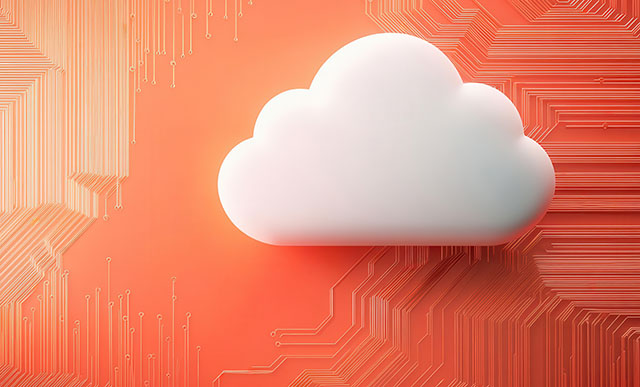Reporting and business analytics are the backbone of any organization’s decision-making processes declaring both, integral to business strategy. A well-designed reporting and analytics platform allows customers to identify opportunities and trends, allowing for better-informed decision making based on data presented.
Why do the big ERP system and applications vendors always get reporting and analytics wrong? Graham Spicer, country head, EMEA at SplashBI Analytics, outlines five ways why a self-service reporting system is vital for business.
- Vendor reporting and analytics platforms
ERP systems serve as the backbone of any organization, ensuring all back-office operations run smoothly and efficiently. The ERP landscape is competitive and characterized by a combination of large, well-known enterprises, including start-ups. Growing businesses are faced with the challenging, ever-growing marketplace. Faced with the reality that there is no shortage of competitors offering the best products, 24/7 customer service and responsive customer experience, growing companies must rethink their ERP strategies in order to meet the evolving needs of their consumers to fuel long-term growth.
- Data disuse
A vast amount of data is collected daily by organizations both internally and externally. Growing companies are often surprised when transitioning from legacy ERP systems to a more intelligent one which then leads to leadership team members becoming frustrated at missed opportunities bought to them by intelligent ERP systems.
- Disconnected UX
In all areas of the supply chain, it is crucial to connect employees, suppliers and customers to the correct resources and data. As a result of this, many organizations invest time and money developing and adopting various ERP tools, which then increases the complexity of the data management process.
A unified management centre powered by people, interactive data visualization, and real-time financial processing can fuel rapid growth. Implementing intelligent ERP systems can reduce IT costs and increase business development all while controlling productivity and engaging employees in a well-rounded work environment.
- Bottlenecked
Workforces rely on data-driven insights and confident decision-making to be able to make decisions quickly and effectively. However, most ERP systems are batch-oriented, which limits the availability of real-time data, even with add-ons intended the enhance these systems.
- Listen to the data
Decisions are based upon the present and what may occur in the future and set the business on a course of action to enable maximum opportunities and minimize any potential risks. The information people need to feed their analytic tools and generate insights – those results in timely and productive action – should be a combination of ERP data, as well as data from other organizations’ applications.
To conclude, situational intelligence and data-driven analysis is the right technology for businesses to move forward for continuous growth. As operations run with such efficiency and effectiveness, organizations will have the strength of its employees, suppliers, and customers to take on the next challenge as an interconnected team. You gain critical capabilities to ignite present-day and future growth when you make the switch from a legacy ERP to an intelligent ERP.






